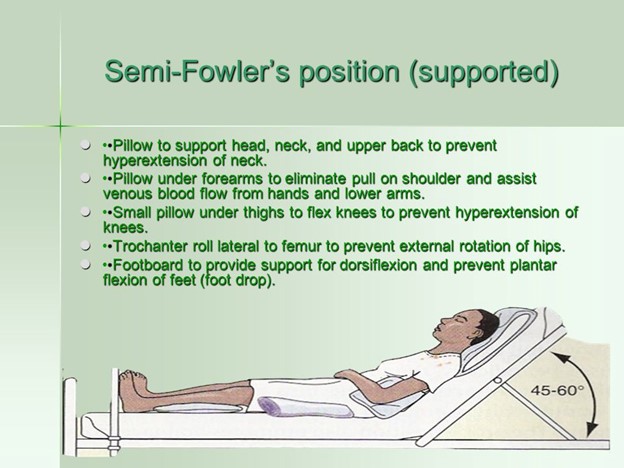A nurse is preparing to administer enoxaparin 0.75 mg/kg subcutaneously to a client who weighs 154 lb. The amount available is enoxaparin 60 mg/0.6 mL. How many mL should the nurse administer?(Round the answer to the nearest tenth. Use a leading zero if it applies. Do not use a trailing zero.).
0.4 mL.
0.5 mL.
0.8 mL.
1.0 mL.
The Correct Answer is B
Let's break down the calculation:
Given:
- Patient weight: 154 lbs
- Enoxaparin dosage: 0.75 mg/kg
- Available enoxaparin: 60 mg/0.6 mL
Step 1: Convert pounds to kilograms:
- 1 lb is approximately 0.4536 kg
- So, 154 lbs = 154 * 0.4536 kg/lb = 69.85 kg (approximately 70 kg)
Step 2: Calculate the total dose of enoxaparin:
- Desired dose = 0.75 mg/kg * 70 kg = 52.5 mg
Step 3: Determine the volume to administer:
- We have enoxaparin 60 mg/0.6 mL
- To find the volume for 52.5 mg:
- (52.5 mg / 60 mg) * 0.6 mL = 0.525 mL
- Rounded to the nearest tenth, this is 0.5 mL.
Therefore, the nurse should administer 0.5 mL of enoxaparin
Nursing Test Bank
Naxlex Comprehensive Predictor Exams
Related Questions
Correct Answer is A
Explanation
Choice A rationale:

The nurse should maintain the client in a semi-Fowler's position to promote comfort and reduce the risk of complications related to appendicitis. This position helps to decrease pressure on the abdomen and may alleviate pain by reducing tension on the abdominal muscles.
Choice B rationale:
Administering an enema 1 hour prior to surgery is not indicated for a client with appendicitis. Enemas are generally not recommended for clients with suspected or confirmed appendicitis as they can potentially worsen inflammation and cause perforation of the inflamed appendix.
Choice C rationale:
Applying a warm pack to the client's lower abdomen is contraindicated in appendicitis. Heat can exacerbate inflammation and should be avoided in such cases.
Choice D rationale:
Placing the client on a clear liquid diet is not appropriate for appendicitis. Clients with appendicitis are typically NPO (nothing by mouth) to avoid stimulating the gastrointestinal tract and reduce the risk of rupture if surgery is needed.
Correct Answer is C
Explanation
Choice A rationale:
This statement indicates the client's fear and concern about the colostomy's odor, showing a lack of adaptation to the situation.
Choice B rationale:
Comparing the stoma to a strawberry with a hole in it might suggest the client is not fully accepting or understanding the colostomy, indicating a lack of adaptation.
Choice C rationale:
This statement suggests that the client has delegated the task of emptying the colostomy bag to their partner, which indicates a level of acceptance and adaptation to the new situation.
The client trusts their partner with this intimate task, demonstrating a positive sign of adaptation.
Choice D rationale:
Eliminating many foods from the diet suggests difficulty in adjusting to the dietary changes required for managing a colostomy, indicating a lack of full adaptation.
Whether you are a student looking to ace your exams or a practicing nurse seeking to enhance your expertise , our nursing education contents will empower you with the confidence and competence to make a difference in the lives of patients and become a respected leader in the healthcare field.
Visit Naxlex, invest in your future and unlock endless possibilities with our unparalleled nursing education contents today
Report Wrong Answer on the Current Question
Do you disagree with the answer? If yes, what is your expected answer? Explain.
Kindly be descriptive with the issue you are facing.
